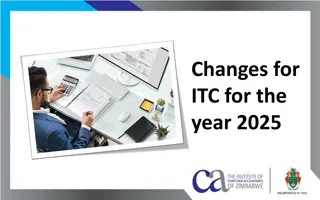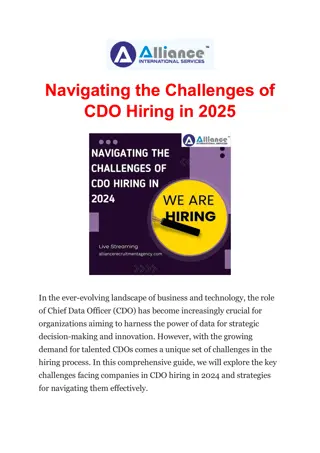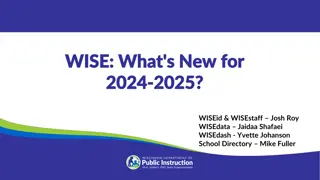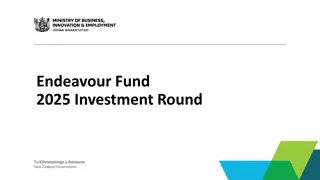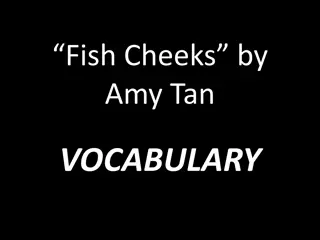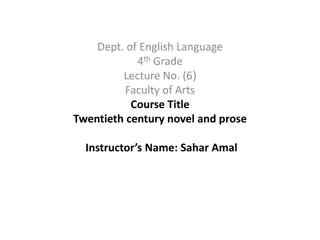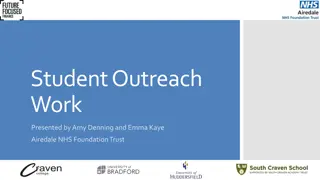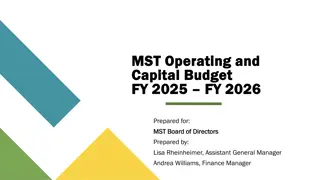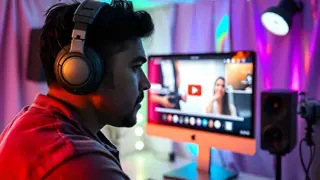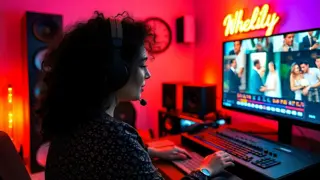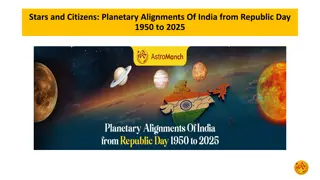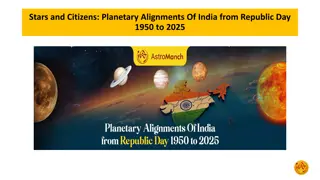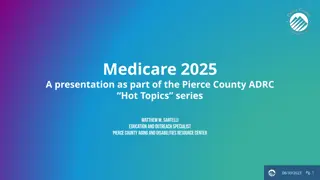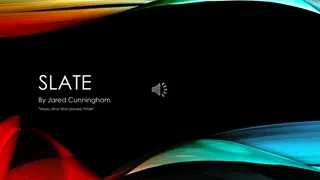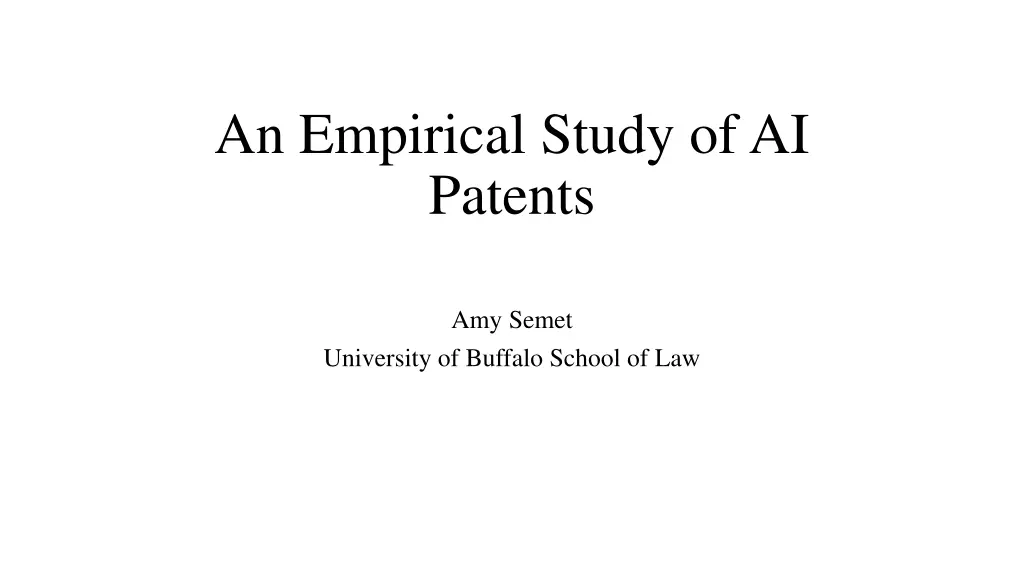
Empirical Study of AI Patents Analysis and Trends
Explore the findings from an empirical study on AI patents, including insights on machine learning, natural language processing, and more. Discover data on AI patent trends, litigation statistics, and comparison of AI plaintiffs. Dive into details on patents by country and procedural dispositions in AI litigation cases.
Download Presentation

Please find below an Image/Link to download the presentation.
The content on the website is provided AS IS for your information and personal use only. It may not be sold, licensed, or shared on other websites without obtaining consent from the author. If you encounter any issues during the download, it is possible that the publisher has removed the file from their server.
You are allowed to download the files provided on this website for personal or commercial use, subject to the condition that they are used lawfully. All files are the property of their respective owners.
The content on the website is provided AS IS for your information and personal use only. It may not be sold, licensed, or shared on other websites without obtaining consent from the author.
E N D
Presentation Transcript
An Empirical Study of AI Patents Amy Semet University of Buffalo School of Law
USPTO AI Database (2020) Contain one or more of several AI technology components: machine learning, natural language processing, computer vision, speech, knowledge processing, AI hardware, evolutionary computation, and planning and control) Machine learning (ML) approach that analyzed patent text and citations to identify AI in U.S. patent documents (Abood and Feltenberger 2018; Toole et al. 2020) 1976-2020 and pre-grant publications (PGPubs) published through 2020 AI model re: whether one of the categories based on text of patent, its claims and its citations (backward and forward) 12 million patent documents between 1976-2020 (abstract and claims) and backward and forward citations (US granted patents and apps only) Knowledge processing, and planning and control have lower performance statistics than others 2018: 25% of patents are AI; mostly new entrants Manual process: 4 examiners hand coded 400 documents each from selected group of about 600 documents 668,808 AI patents within 13 million patents
District Court Database Originally-constructed database of 56,000 district court decisions involving patents from 2010 to 2020 Code for legal issue, procedural posture, parties, country of parties, technology type, motion disposition, and other values Merge AI database with district court database to analyze the 19,000+ cases involving AI litigated patents 2010 to present
PTO Database: Process Artificial Intelligence Patent Dataset (AIPD) Page 8 U.S. Patent and Trademark Office August 2021
AI Patents by Country 25% of all AI litigation is filed by foreign parties Knowledge, planning, machine learning- foreign Vision and speech U.S.
AI Plaintiffs: Comparison 59% of AI patent litigation are filed by high volume plaintiffs versus 39% of non-AI litigation.
Procedural Disposition Summary judgment and procedural dismissal percentages do not differ between AI and non-AI litigated patents. But contested dismissals, consent judgments, and trials are less likely among AI-litigated patents to a statistically significant degree, depending on the technology type. Half of invalidated AI patents are done through judgment on the pleadings.
Substantive Outcomes: Invalidity More likely to find AI patents invalid overall Non-AI patents were invalidated 23% of the time while a stark 62% of AI patents reaching an invalidity decision were invalidated Especially on subject matter and definiteness Of the cases where the court issued an invalidity ruling, 53% of AI patents are invalidated under section 101, compared to just 10% of non-AI patents (especially prevalent among knowledge, natural language processing and planning patents). Half are resolved through judgment on the pleadings. About 18% of AI inventions are invalidated due to lack of definiteness, compared to just 9% of non-AI inventions where validity is reached (primarily planning patents). Most settle or are resolved by summary judgment Evolutionary and natural language processing patents are more likely than non-AI patents to be invalidated based on lack of enablement No difference for obviousness except for planning where less likely to be obvious No difference for anticipation
Substantive Outcomes: Infringement Less likely to find AI patents infringed Of the nearly 7,200 cases where the court reached an infringement decision, 21% involved AI patents compared to 56% of cases involving non-AI patents Applies to all categories, especially planning patents (30% infringed) Infringement is hard to monitor for AI inventions AI is often used by multiple parties: developers, trainers, customers, all of whom may be contributing to the ultimate infringement of the product Infringement may only take place in an instant Jurisdictional issues May be difficult to determine whether an AI program has substantial noninfringing uses so as to escape liability for contributory infringement Discovery complicated by fact that many AI-intensive firms acquire the technology from another entity in a merger so if requisite licenses and assignments were not executed for the merger, it may make it difficult for parties to comply with discovery obligations in litigation.
Ways Forward Prosecutors may need to better emphasize how AI improves the functionality of the technology, such as by noting the increased efficiency, accuracy or performance. It may be increasingly important to emphasize how the patent claims operate practically, and in particular, how the AI invention achieves its result in the real world. Making clear these connections is critical to ensuring that the invention is not improperly labeled abstract without any inventive concept attached to it. When training datasets are used, the claims need to be clearer with respect to show how the AI data is trained. Claims should identify the specific algorithm, models, and techniques used to develop the training data, and how these contribute to solving the technical problem. Infringement theories may need to be modified; Since some infringement may only be temporary, the law needs to account for whether transient or temporary infringement should constitute infringement under the patent laws. Discovery will need to adopt to more third parties involved in the litigation process.

